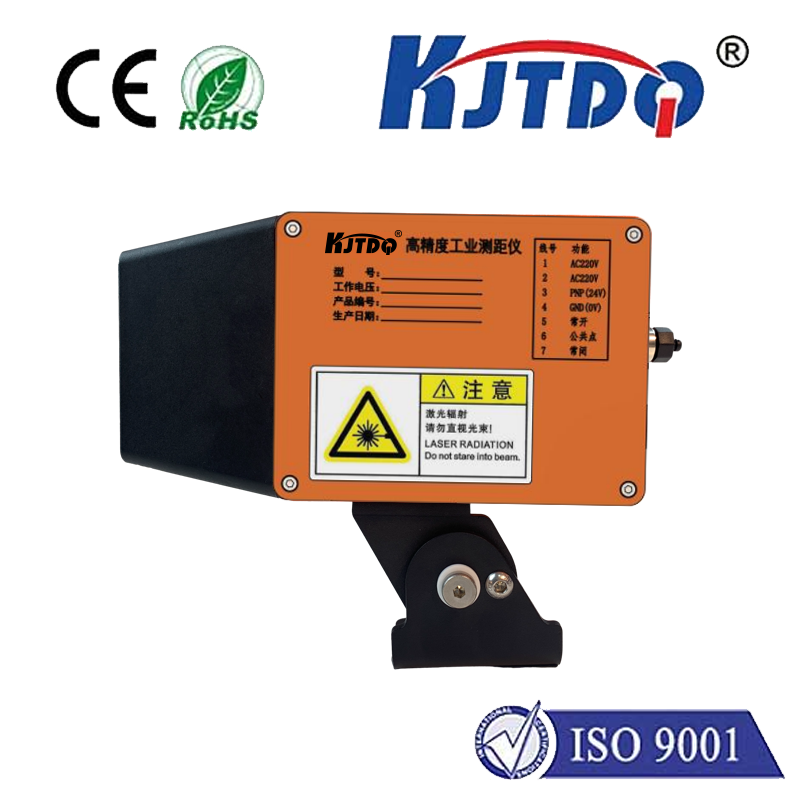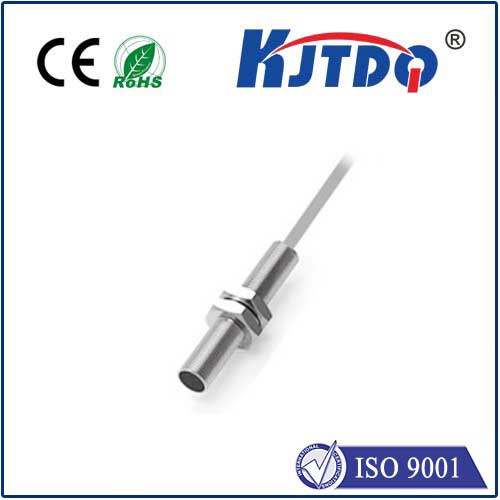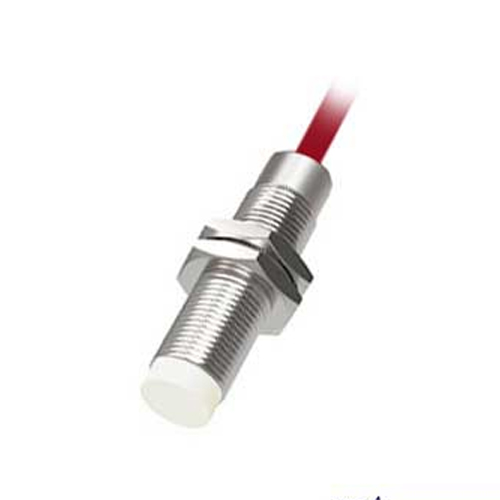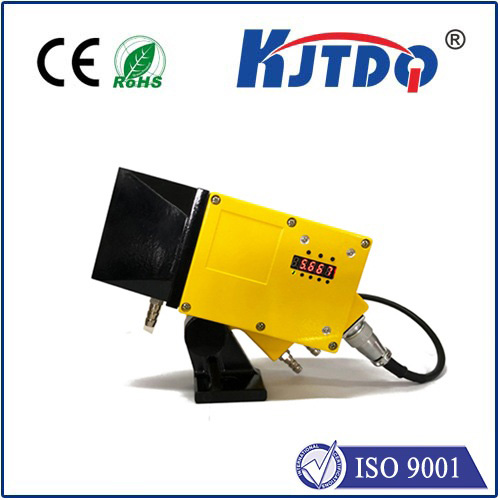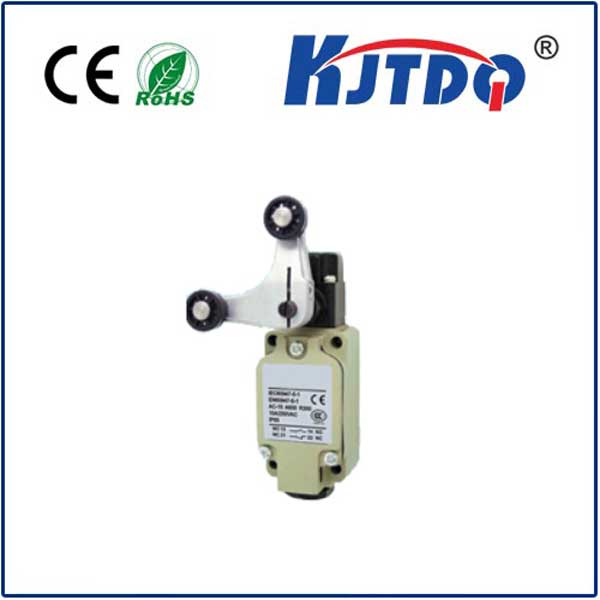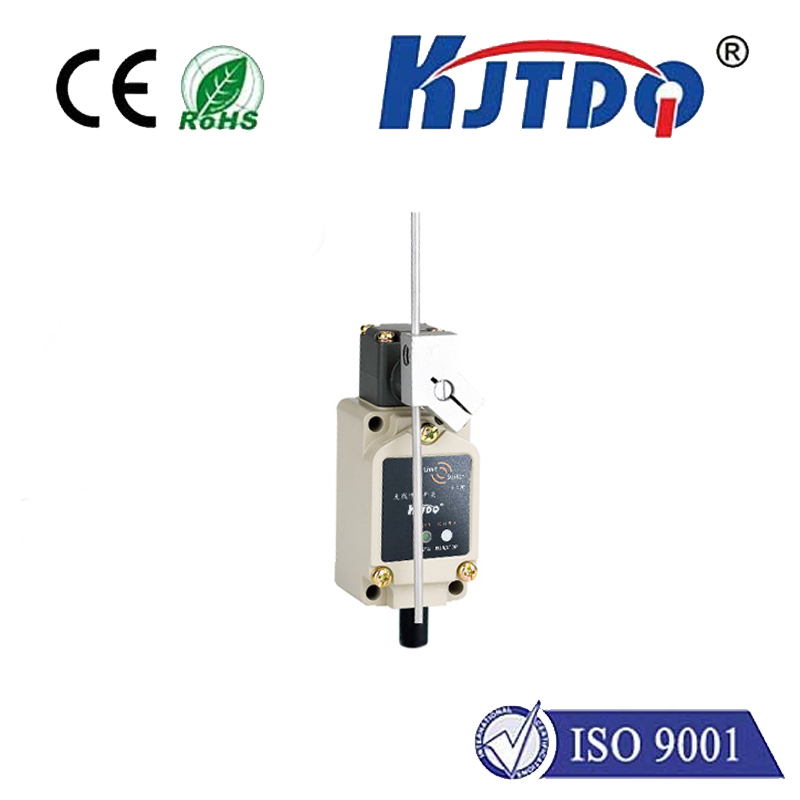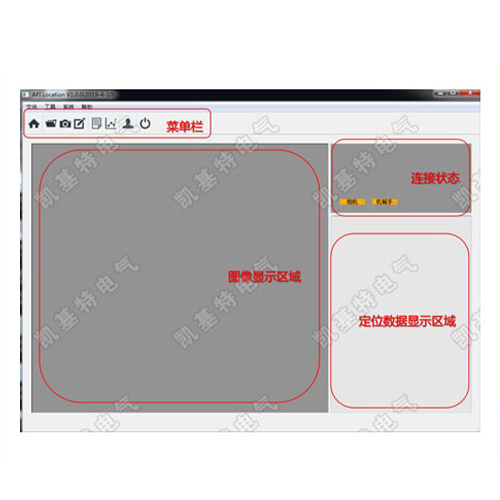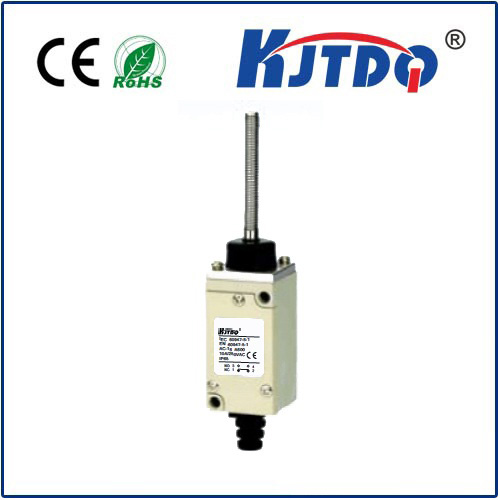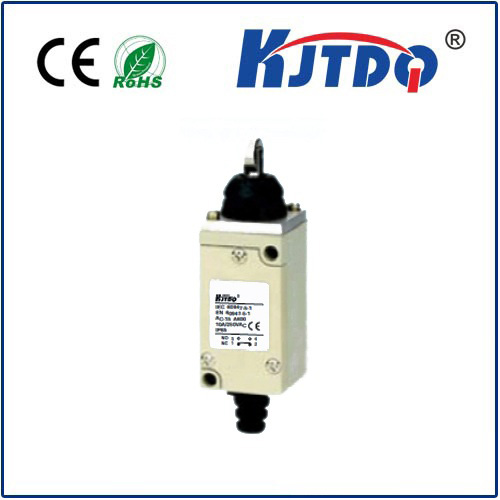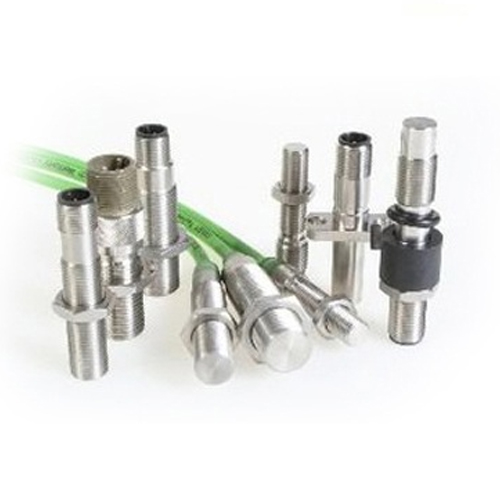Миниатюрный датчик приближения
- time:2025-07-06 01:54:35
- Нажмите:0
Mini Proximity Sensors: Downsizing Detection for Smarter Devices
The Unseen Guardian: How Mini Proximity Sensors Revolutionize Compact Device Interaction
Imagine a world where your wireless earbuds instantly know when they’re nestled in your ears or out, pausing your music seamlessly. Picture industrial robots gently halting millimeters before colliding with an object, or a sleek smartwatch display dimming the moment you lower your wrist. At the heart of these intelligent interactions, often hidden from view, lies the transformative power of the Миниатюрный датчик приближения. These microscopic marvels are rapidly becoming indispensable components, enabling smarter, safer, and more intuitive behavior in increasingly compact electronic devices.
Defining the Miniature Guardian
А.Миниатюрный датчик приближения is, fundamentally, a device designed to detect the presence or absence of an object within a short range – typically from a few millimeters up to a couple of centimeters – without requiring physical contact. What sets it apart is its exceptionally compact footprint. While standard proximity sensors have been around for decades, the relentless drive towards miniaturization in electronics demanded a smaller, more power-efficient solution. Advances in semiconductor technology, packaging, and sensing principles have made these tiny detectors possible, packing sophisticated detection capabilities into packages often smaller than a grain of rice.
The Core Appeal: Why Size (and More) Truly Matters

The advantages of integrating a Миниатюрный датчик приближения extend far beyond just saving precious PCB (Printed Circuit Board) real estate:
- Space-Saving Prowess: This is the most obvious benefit. In devices where every cubic millimeter counts – smartphones, TWS earbuds, wearables, compact IoT modules – the ability to integrate reliable detection without sacrificing internal architecture is revolutionary. It enables entirely new form factors and functionalities previously impossible due to size constraints.
- Power Frugality: Miniaturization often goes hand-in-hand with lower power consumption. These sensors are inherently energy-efficient, frequently utilizing low-power infrared (IR) LEDs for optical sensing or capacitive principles. Many feature smart sleep modes or ultra-low-power triggering mechanisms, significantly extending battery life in portable devices – a critical factor for user satisfaction.
- Enhanced User Experience: This is where the magic happens for end-users. Mini proximity sensors facilitate seamless, intuitive interactions:
- Automatic Screen Control: Phones and smartwatches dim or turn off displays when held near the ear during a call, or when placed face down/in a pocket, saving power and preventing accidental touches.
- Intelligent Power Management: Laptops detect when a user is present (or absent), triggering sleep/wake cycles. TWS earbuds auto-pause music upon removal.
- Gesture Recognition (Proximity-Based): Simple wave gestures over a sensor area can be used for control (e.g., silencing alarms, flipping through presentations) where touchscreens are impractical or undesired.
- Presence Detection: Smart home devices or security systems can sense occupancy within limited zones.
- Improved Safety and Precision: In industrial and robotics applications, tiny proximity sensors provide critical “eyes” in tight spaces:
- Ensuring robotic arms or CNC machine tools halt before contact, preventing damage.
- Verifying precise positioning of small components on assembly lines.
- Monitoring fill levels in confined containers.
- Implementing pinch protection in compact motorized systems (like retractable camera modules).
- Design Elegance: Their small size allows for seamless integration behind surfaces (glass, plastic), maintaining sleek aesthetics without visible cutouts or buttons for detection zones.
Navigating Miniaturization: Key Design Considerations
While powerful, designing with mini proximity sensors presents unique challenges:
- Sensing Range vs. Size Trade-off: Achieving sufficient detection range and reliability within an ultra-compact package requires careful optical design (for IR types) or precise electrode layout (for capacitive types). Longer ranges are inherently harder to achieve in miniature formats.
- Environmental Robustness: Their small size can make them potentially more susceptible to external interference like strong ambient light (for optical sensors) or EMI (Electromagnetic Interference). Careful component selection, filtering, and shielding are paramount.
- Material Sensitivity: Optical sensors can be affected by the color, reflectivity, and transparency of target objects. Capacitive sensors respond to the dielectric properties of materials. Understanding the application environment and target characteristics is crucial.
- Signal-to-Noise Ratio (SNR): Ensuring a clean, detectable signal amidst potential noise sources requires sophisticated analog front-end design and digital signal processing algorithms within the sensor IC itself.
- Integration Complexity: Precise placement and alignment relative to the target area (e.g., behind glass for a phone earpiece sensor) are critical for consistent performance. Designers must account for tolerances in the assembly process.
Where Mini Detection Makes a Macro Impact: Diverse Applications
The versatility of mini proximity sensors fuels their adoption across countless domains:
- Consumer Electronics: Smartphones, Tablets, TWS Earbuds, Smartwatches/Fitness Trackers, Laptops, AR/VR Headsets (presence detection, safety shutoffs), Gaming Controllers.
- Промышленная автоматизация: Miniature robotic arms, Compact PLCs, Conveyor systems for small parts, Precision manufacturing equipment, Valve position sensing.
- Automotive: Driver presence detection (seats, steering wheels), Interior cabin monitoring (overhead consoles, touchscreens), Compact motor control (windows, sunroofs, seats).
- Medical Devices: Portable diagnostic tools, Drug delivery systems, Wearable health monitors (ensuring proper skin contact), Surgical instruments.
- Smart Home/IoT: Smart thermostats, Security sensors, Smart appliances (detecting drawer/door closure, user presence).
- Drones and Robotics: Collision avoidance in tight spaces, Landing gear deployment sensing, Object proximity for manipulation.
The Future is Small (and Smart)
The trajectory for mini proximity sensors points towards even greater integration, intelligence, and versatility. We can anticipate sensors combining proximity detection with ambient light sensing (ALS), gesture recognition, and potentially other environmental metrics in single, ultra-compact packages. Advancements in sensing technologies, like Time-of-Flight (ToF) in miniature forms, promise even more accurate distance measurement at tiny scales. As Artificial Intelligence and Machine Learning permeate edge devices, these sensors will provide indispensable contextual data for smarter decision-making right at the source.
Выводы
The Миниатюрный датчик приближения is far more than just a smaller version of its predecessors. It is an enabling technology, fundamental to the evolution of compact, intelligent, and user-friendly electronic devices. By providing reliable presence detection within incredibly constrained spaces while sipping power, it unlocks new levels of automation, safety, and intuitive interaction. As the demand for smaller, smarter gadgets and industrial systems continues unabated, the role of these unseen microscopic guardians will only grow more significant, silently shaping our interactions with the technology embedded in our daily lives.

